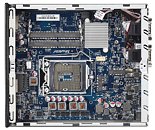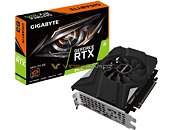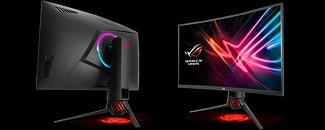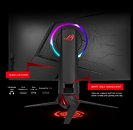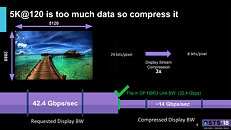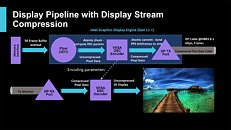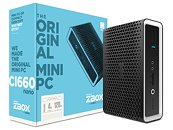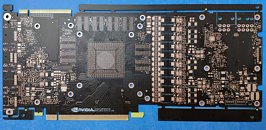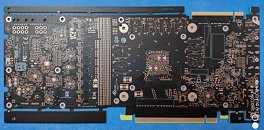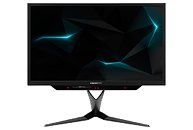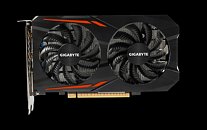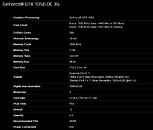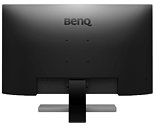
NEC Display Solutions Announces New 55-inch Professional UHD Displays
NEC Display Solutions of America, Inc., a leading provider of commercial LCD displays and projectors, today announced the V554Q, a large-format 4K UHD display packed with commercial-grade features and a slim new design to blend into any environment. Like other new models in the C & V Series, the V554Q features an industry-best anti-reflective high haze coating, full external control and network capabilities through LAN, and SpectraView Engine Technology, which allows for complete color control.
"We've listened to our customers in designing the V554Q to be the best 55-inch display tailored for commercial and corporate signage needs," said Ben Hardy, Senior Product Manager at NEC Display Solutions. "The V554Q has best-in-class, high-haze anti-glare coating, updated connectivity, and both landscape and portrait orientation support to seamlessly fit any digital signage environment."
"We've listened to our customers in designing the V554Q to be the best 55-inch display tailored for commercial and corporate signage needs," said Ben Hardy, Senior Product Manager at NEC Display Solutions. "The V554Q has best-in-class, high-haze anti-glare coating, updated connectivity, and both landscape and portrait orientation support to seamlessly fit any digital signage environment."




